What is a children’s opera? To my understanding, a children’s opera is an opera but shorter in length and often with themes suitable for children to watch. The most known and oldest children’s opera perhaps traces all the way back to Mozart’s Magic Flute. It was followed by Rossini’s The Barber of Seville, Georges Bizet’s Carmen, and Engelbert Humperdinck’s Hansel and Gretel. There are many more children’s operas. In this article, I will share six children’s operas written in the 1900s.
L’enfant et les sortilèges: Fantaisie lyrique en deux parties (The Child and the Spells: A Lyric Fantasy in Two Parts) by Maurice Ravel (1875-1937)
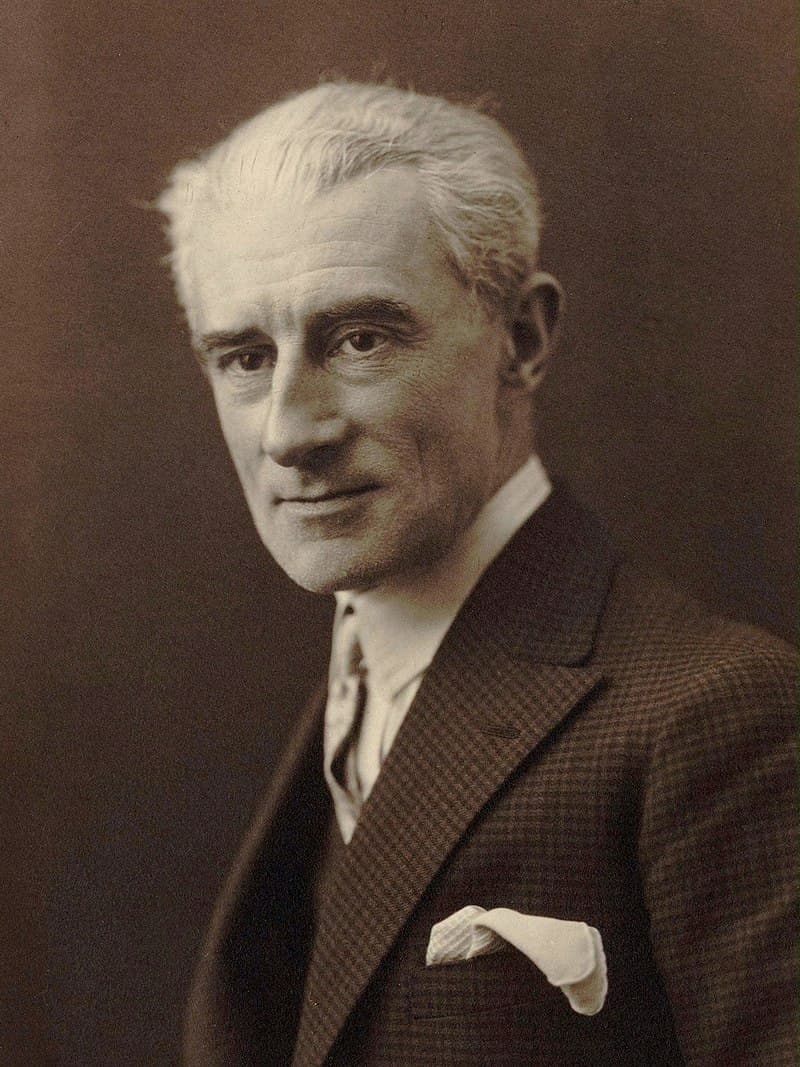
Maurice Ravel, 1925
L’enfant et les sortilèges: Fantaisie lyrique en deux parties is an opera in one act. Libretto by Sidonie-Gabrielle Colette, this work was Ravel‘s second opera. It was written from 1917 to 1925 and premiered in Monte Carlo in 1925 conducted by Victor de Sabata. It is a fantasy story. The main character L’Enfant is a naughty child who was punished by the items he destroyed in his room, and the animals and trees that he captured and hurt. In the opera, there are many fun characters like a grandfather clock, a few couches, teapots, and trees, as well as a squirrel and a tree frog.
Brundibár by Hans Krása (1899-1944)
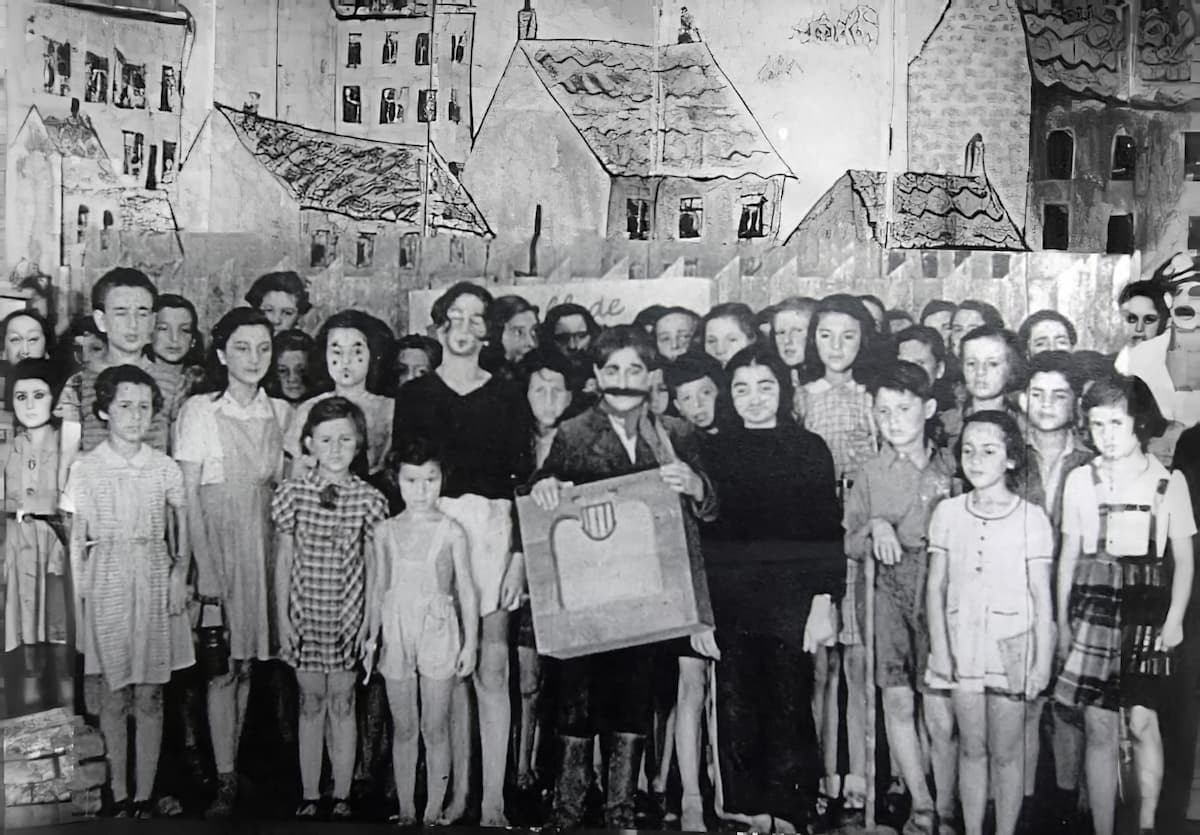
Brundibár by Hans Krása
Brundibár was written in 1938 about two poor young siblings who tried to earn money to pay for prescribed milk for their sick mother. They met Brundibár, an organ grinder who played on the streets and made lots of money. Thus, the two siblings formed a choir and performed on the street with the help of three animals. Their performance was very successful and took the audience away from Brundibár. Brundibár was upset and stole all the money from the siblings. The story ends triumphantly with the siblings chasing Brundibár and claiming all the money back from him.
Brundibár was written in 1938 by Hans Krása, with librettos by Adolf Hoffmeister as an entry to a children’s opera competition. Hans Krása was sent to Terezín and re-orchestrated the opera and performed it in the camp in 1943. In its fifty-fifth performance, the opera was filmed as a propaganda movie by the Nazis in September 1944, and here is the last scene of the opera:
This was also the last performance in the Terezín ghetto. Two weeks after the performance, Hans Krása was sent to Auschwitz where he was executed.
La Cenicienta (The Cinderella ) by Jorge Peña Hen (1929-1973)
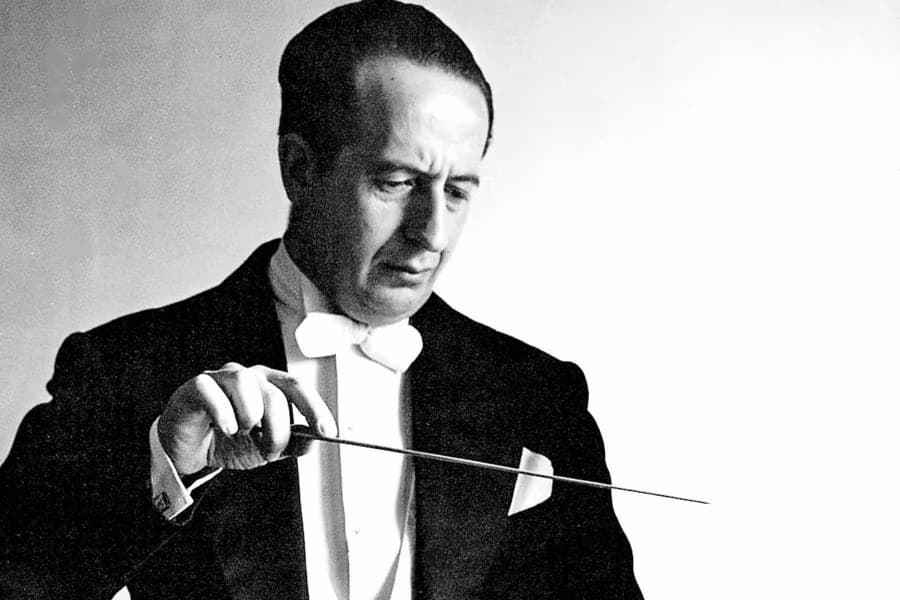
Jorge Peña Hen
La Cenicienta is a Spanish opera in three acts composed by Jorge Peña Hen with a libretto by the Chilean author, Oscar Jara Azocar (1910–1988). This opera is written in three acts and is designed to be performed by children. It was written in 1966 and premiered by Jorge Peña Hen’s first Symphonic Orchestra of Children at the Theater of the Girls Public School in La Serena. Jorge Peña Hen was a composer and educator who was influential in Chilean music performance and music education. He founded the first children’s symphony orchestra in Latin America, providing free instruments and lessons for selected children. He worked to bring Western music education to Chile. He was supported by the Chilean government until 1973, he was sent to prison when President Salvador Allende was overthrown. Jorge Peña Hen was later shot by the Chilean Army.
Bang! by John Rutter (1945-)
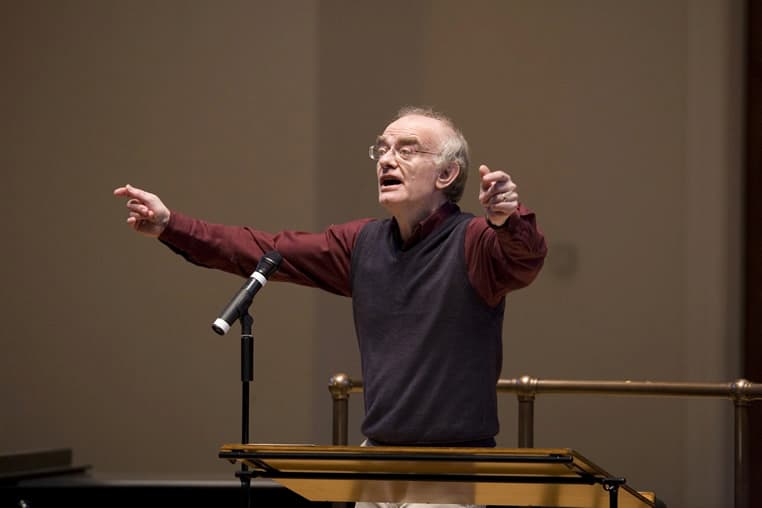
John Rutter
Bang! consists of part musical and part opera composed by English composer John Rutter. The work uses French and English, and alternates between a French-speaking and an English-singing part. The story brings back a piece of old English history that happened in 1605, the Gunpowder Plot (a failed attempt to assassinate King James I of England). The libretto is by David Grant. The work was premiered by the Trinity Boys Choir in 1975.
The Little Sweep, Op.45 by Benjamin Britten (1913-1976)
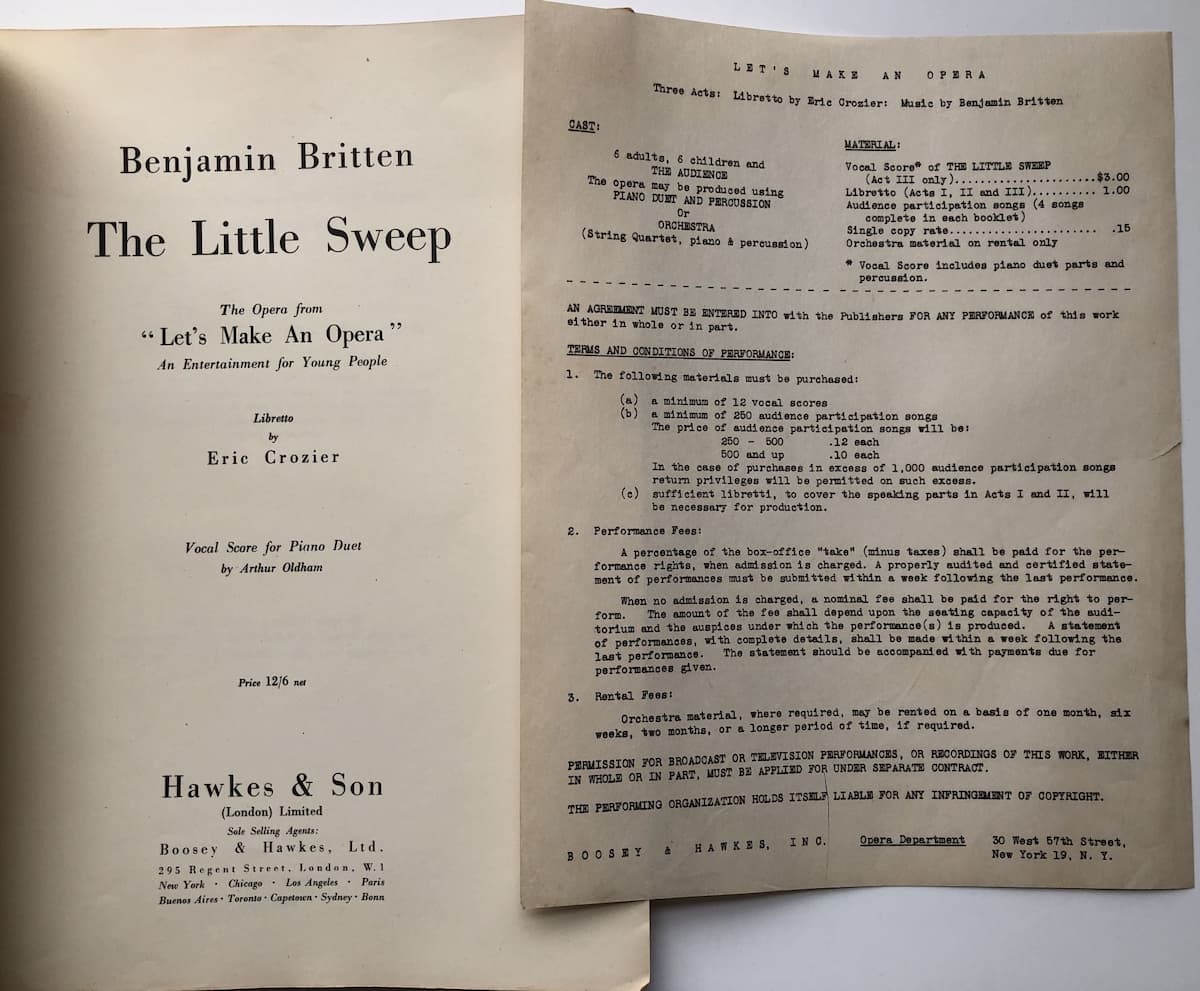
The Little Sweep by Benjamin Britten
The Little Sweep belongs to the second part of a stage production called “Let’s Make an Opera!” With a libretto by Eric Crozier, the opera is based on William Blake’s Songs of Innocence and of Experience. The scene is set in 1810 at Iken Hall in Suffolk. The story is about a group of children who try to free Sammy, a young chimney sweep, from his sweep master, Black Bob, and the housekeeper, Miss Baggott. The opera gave its first performance in 1949 at the Aldeburgh Festival and received significant success. In three acts, the opera includes four audience songs: The Sweep’s Song; Sammy’s Bath; The Night Song, and Coaching Song. Rehearsal with the audience takes place in the first half of the production led by the conductor.
Where the Wild Things Are, Op. 20 by Oliver Knussen (1952-2018)
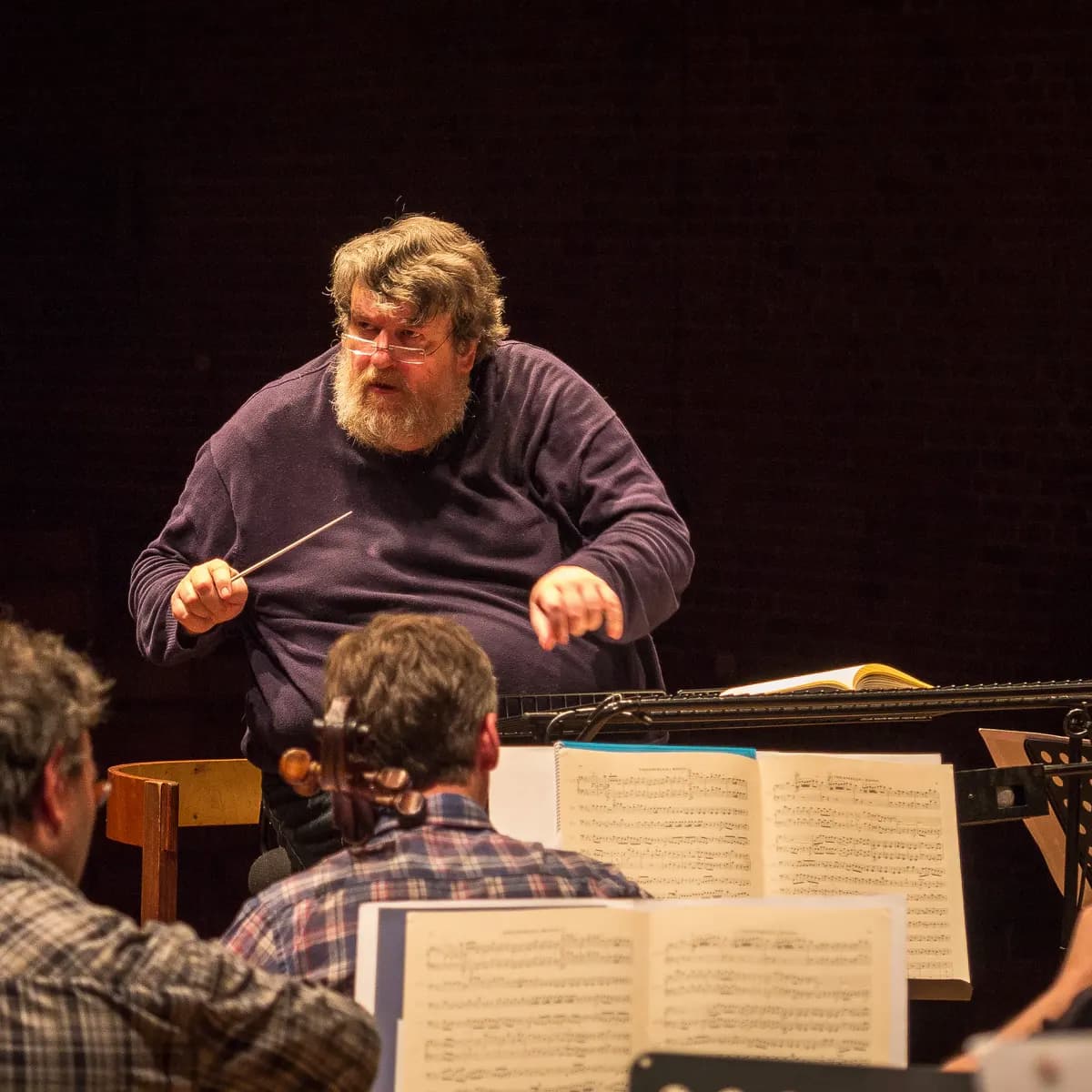
Oliver Knussen
Where the Wild Things Are is a fantasy opera. This opera is based on a 1963 children’s book of the same title written by Maurice Sendak. It was commissioned by the Opèra National, Brussels, and British composer Oliver Knussen wrote the opera between 1979 and 1983. With one act and nine scenes, the work is about Max, a rebellious boy. He escapes in his dreams to the island of the Wild Things where he becomes the king there. The opera uses musical quotations from some well-known works, including La boîte à joujoux by Debussy, and Boris Godunov by Mussorgsky.
For more of the best in classical music, sign up for our E-Newsletter




Magic Flute a children’s opera? Did children even go to the opera in the 18th century? Barber of Seville? CARMEN???? Why not Wozzeck? There’s a marching band and a lullaby in it.